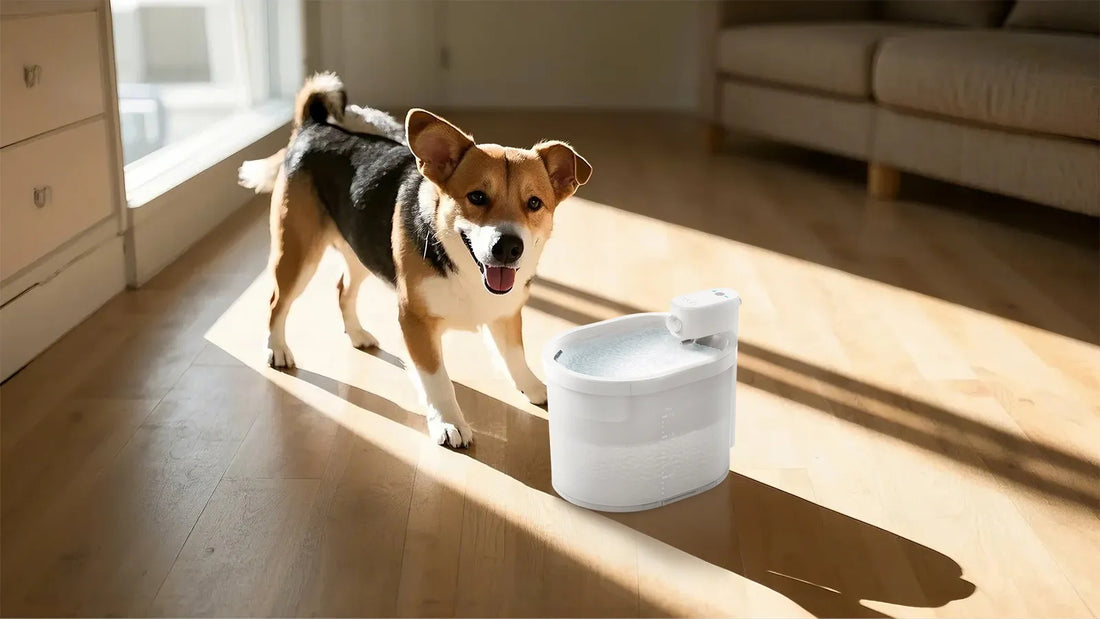Every dog owner knows that mealtime is a highlight of their pet's day. But have you ever wondered, when does the dog bowl start? Understanding the right time to feed your dog is crucial for their health, happiness, and overall well-being. This article dives deep into the factors that determine when the dog bowl should start, offering practical advice and insights to help you create the perfect feeding schedule for your canine companion.
Understanding Your Dog's Nutritional Needs
Before determining when the dog bowl should start, it's essential to understand your dog's nutritional requirements. Dogs, like humans, need a balanced diet that includes proteins, fats, carbohydrates, vitamins, and minerals. The amount and type of food your dog needs depend on their age, size, breed, and activity level. Puppies, for instance, require more frequent meals compared to adult dogs, while senior dogs may need specialized diets to address age-related health issues.
Factors Influencing Feeding Time
Several factors influence when the dog bowl should start. These include your dog's age, activity level, and health status. Puppies, for example, need to be fed three to four times a day, while adult dogs typically do well with two meals a day. Active dogs may require more frequent feeding to replenish their energy, whereas less active dogs may need fewer meals to avoid weight gain. Additionally, dogs with certain health conditions may require specific feeding schedules as recommended by a veterinarian.
Behavioral Cues and Feeding Time
Dogs are creatures of habit, and they often exhibit behavioral cues that indicate it's time for their meal. These cues can include pacing, whining, or sitting by their food bowl. Paying attention to these signs can help you determine the optimal time to start the dog bowl. However, it's important to strike a balance between responding to your dog's cues and maintaining a consistent feeding schedule to prevent overfeeding or erratic eating habits.
Creating a Consistent Feeding Schedule
Consistency is key when it comes to feeding your dog. Establishing a regular feeding schedule helps regulate your dog's digestive system and prevents issues like obesity or malnutrition. Start by determining the appropriate number of meals per day based on your dog's age and activity level. Then, choose specific times for these meals and stick to them as closely as possible. Consistency not only benefits your dog's health but also helps reinforce good behavior and training.
The Role of Portion Control
Portion control is another critical aspect of determining when the dog bowl should start. Overfeeding can lead to obesity and related health problems, while underfeeding can result in malnutrition. The amount of food your dog needs depends on their size, age, and activity level. It's essential to measure your dog's food portions accurately and adjust them as needed based on their weight and overall health. Consulting with a veterinarian can provide valuable guidance on the appropriate portion sizes for your dog.
Special Considerations for Puppies and Senior Dogs
Puppies and senior dogs have unique nutritional needs that require special attention when determining when the dog bowl should start. Puppies are in a rapid growth phase and need more frequent meals to support their development. On the other hand, senior dogs may have slower metabolisms and require fewer calories to maintain a healthy weight. Additionally, senior dogs may benefit from diets that address age-related health issues such as joint problems or dental issues. Tailoring your feeding schedule to meet the specific needs of your puppy or senior dog is essential for their long-term health.
Monitoring Your Dog's Health and Adjusting Feeding Times
Regularly monitoring your dog's health is crucial for ensuring that their feeding schedule is appropriate. Keep an eye on your dog's weight, energy levels, and overall condition. If you notice any changes, such as weight gain or loss, lethargy, or digestive issues, it may be necessary to adjust their feeding times or portion sizes. Regular check-ups with a veterinarian can help you stay on top of your dog's health and make informed decisions about their diet and feeding schedule.
Tips for Maintaining a Healthy Feeding Routine
Maintaining a healthy feeding routine for your dog involves more than just knowing when the dog bowl should start. Here are some additional tips to help you create a balanced and sustainable feeding schedule:
- Choose high-quality dog food that meets your dog's nutritional needs.
- Avoid feeding your dog table scraps or human food, as these can disrupt their diet and lead to health issues.
- Provide fresh water at all times to keep your dog hydrated.
- Use feeding time as an opportunity for training and bonding with your dog.
- Be mindful of treats and snacks, and ensure they are given in moderation.
Common Mistakes to Avoid
When determining when the dog bowl should start, it's important to avoid common mistakes that can negatively impact your dog's health. These include overfeeding, underfeeding, feeding inappropriate foods, and inconsistent feeding schedules. Additionally, avoid feeding your dog immediately before or after vigorous exercise, as this can lead to digestive issues. By being aware of these common pitfalls, you can create a feeding routine that supports your dog's overall well-being.
Final Thoughts on When the Dog Bowl Should Start
Determining when the dog bowl should start is a crucial aspect of responsible pet ownership. By understanding your dog's nutritional needs, paying attention to behavioral cues, and maintaining a consistent feeding schedule, you can ensure that your furry friend stays healthy and happy. Remember to monitor your dog's health regularly and make adjustments to their feeding routine as needed. With the right approach, you can create a feeding schedule that meets your dog's needs and strengthens the bond between you and your canine companion.













